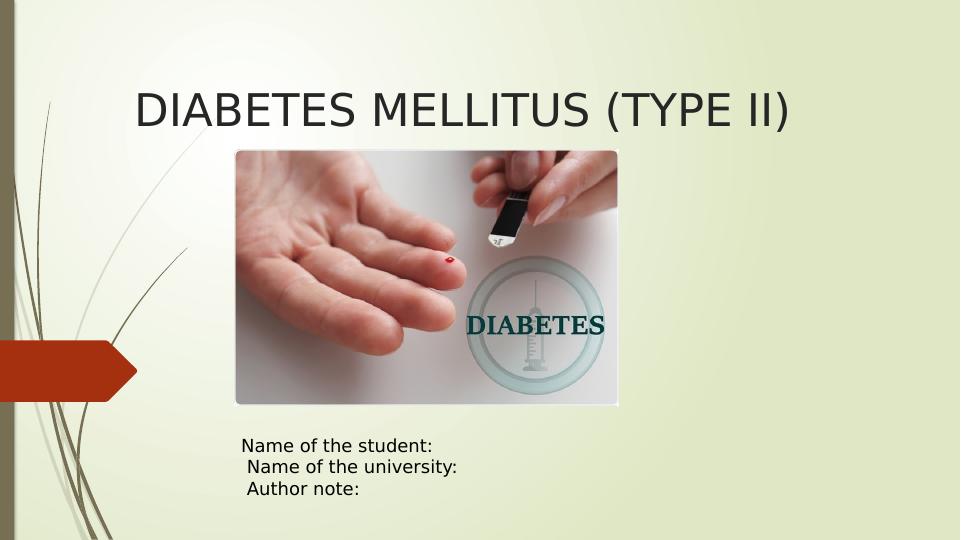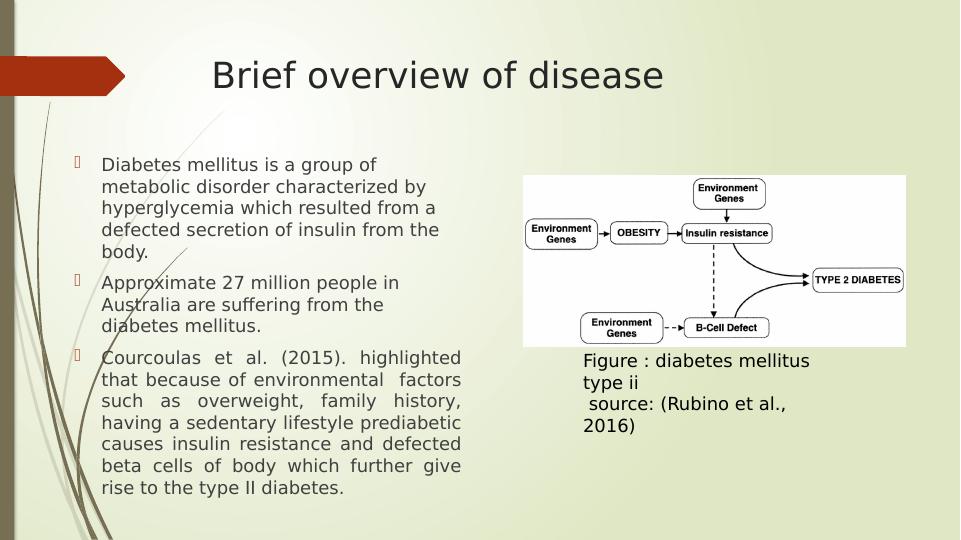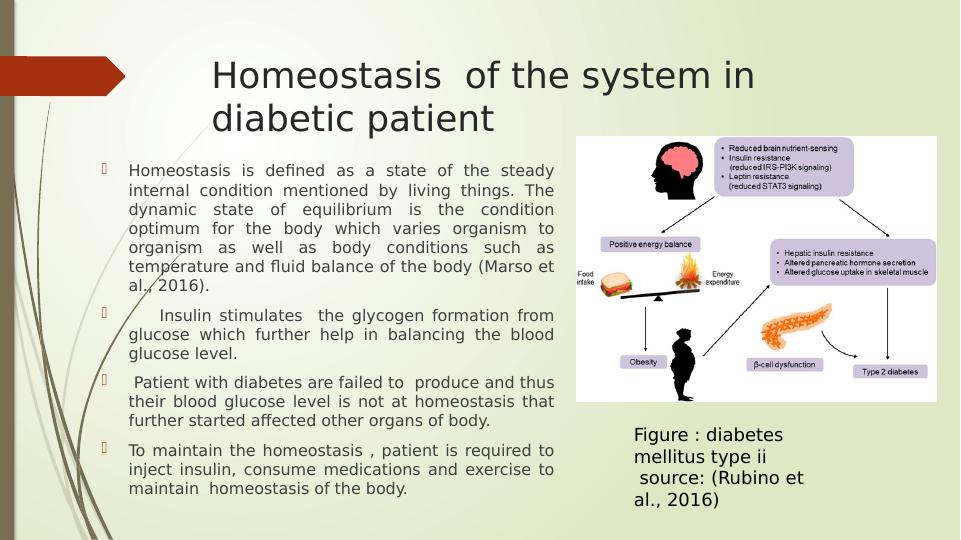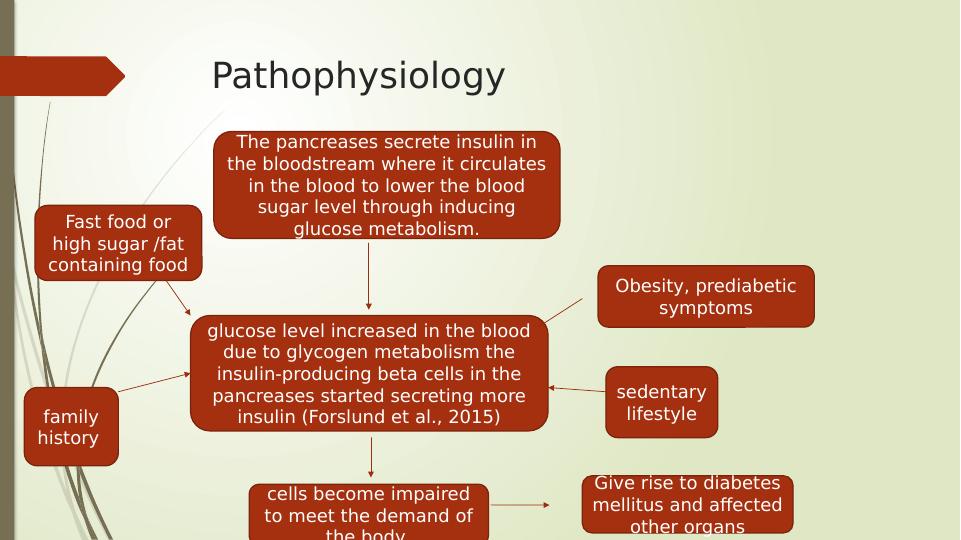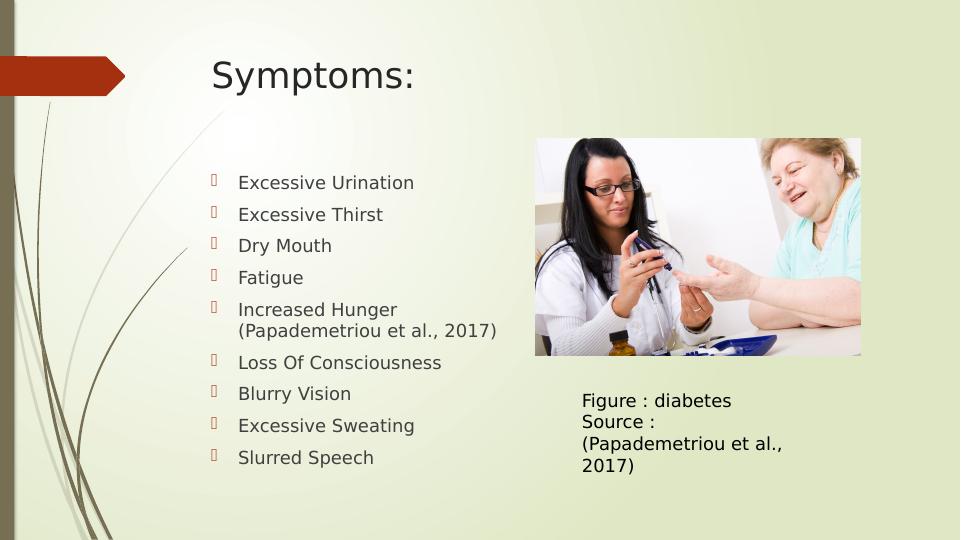Diabetes Mellitus (Type II): Pathophysiology, Symptoms, Treatment and Relevance to Nursing Practice
Added on 2023-04-24
22 Pages2061 Words395 Views
End of preview
Want to access all the pages? Upload your documents or become a member.
Diabetes Mellitus and Associated Pharmacological Treatment
|4
|558
|460
Diabetes Mellitus: Definition, Types, Diagnosis, Management, Pathophysiology, Complications
|8
|1644
|361
Diabetes Mellitus: Pathophysiology, Diagnosis, and Interventions
|9
|2700
|450
Diabetes Mellitus: Types, Symptoms, Causes, and Treatment
|18
|942
|493
Type II Diabetes Mellitus Vodcast Questions
|8
|1999
|483
Diabetes Mellitus and Chronic Kidney Disease: A Case Study
|9
|2299
|124

